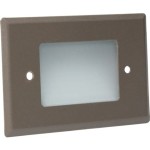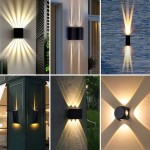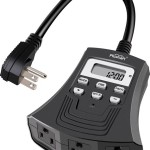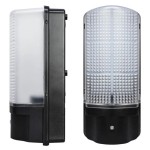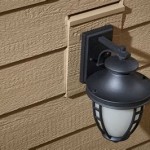Essential Aspects of Outdoor Lighting Photography
Capturing stunning outdoor photographs relies heavily on understanding and harnessing the power of lighting. Lighting conditions can make or break a shot, influencing the mood, composition, and overall impact of the image. Whether you're a seasoned photographer or just starting out, mastering the art of outdoor lighting photography is crucial for producing breathtaking and captivating images.
Golden Hour and Blue Hour
The "golden hour" and "blue hour" are two magical times of day that offer exceptional lighting conditions for photography. Golden hour, which occurs shortly after sunrise and before sunset, casts a warm, golden glow on the scene, creating a soft and romantic ambiance. Blue hour, which takes place just after sunset or before sunrise, bathes the landscape in a surreal blue light, resulting in ethereal and dreamy images.
Understanding Light Direction
The direction of light plays a vital role in outdoor photography. Front lighting, which comes from directly in front of the subject, can create flat and unflattering images. Side lighting, on the other hand, sculpts the subject by emphasizing shadows and highlights, adding depth and dimension. Backlighting, where the light source is behind the subject, can create dramatic silhouettes or illuminate translucent objects such as flowers or leaves.
Diffused and Direct Light
The quality of light can also significantly affect the outcome of your photographs. Direct sunlight can be harsh and create harsh shadows, while diffused light, such as that produced by clouds or shade, results in softer, more flattering illumination. Overcast days or shaded areas often provide ideal lighting conditions for outdoor photography.
Using Reflectors and Diffusers
Reflectors and diffusers are essential tools for controlling and modifying outdoor lighting. Reflectors, such as white boards or mirrors, can be used to bounce light back onto the subject, reducing shadows and filling in harsh sunlight. Diffusers, such as umbrellas or softboxes, can be placed between the light source and the subject to soften the light and create a more even illumination.
Consider the Weather
Weather conditions can greatly influence outdoor lighting. Cloudy days, as mentioned earlier, can provide diffused lighting, but they can also lead to flat and uninteresting images. Rain and fog can create atmospheric and moody conditions, while snow can reflect light and create a winter wonderland effect. Understanding the weather forecast and adjusting your photography accordingly will help you capture the best possible shots.
Experiment and Practice
The most important aspect of outdoor lighting photography is to experiment and practice. Don't be afraid to try different angles, light directions, and modifiers to see how they affect your images. With each shot you take, you'll gain valuable experience and hone your skills. By mastering the art of outdoor lighting, you'll be able to capture captivating and unforgettable photographs that showcase the beauty of the natural world.

Pin By David Casimer On Photography Ideas Lighting Setup Portrait Studio

The Best Lighting For Outdoor Photography Focus

The Best Lighting For Outdoor Photography Focus

Complete Guide To Outdoor Light In Photography Photographer

Help The Sun Using Artificial Light In Outdoor Photography Learn By Zoner Photo Studio

Tips For Great Outdoor Photography Results Naldz Graphics

Allison Shelby Lighting Work Setup Dramatic Photography Photo Light

Applying The 3 Light Studio Setup To Outdoor Portraits

11 Outdoor Portrait Photography Tips For Easy Shots
Indoor Outdoor Lighting Setups Simple Diagrams For Learning Photography
Related Posts
